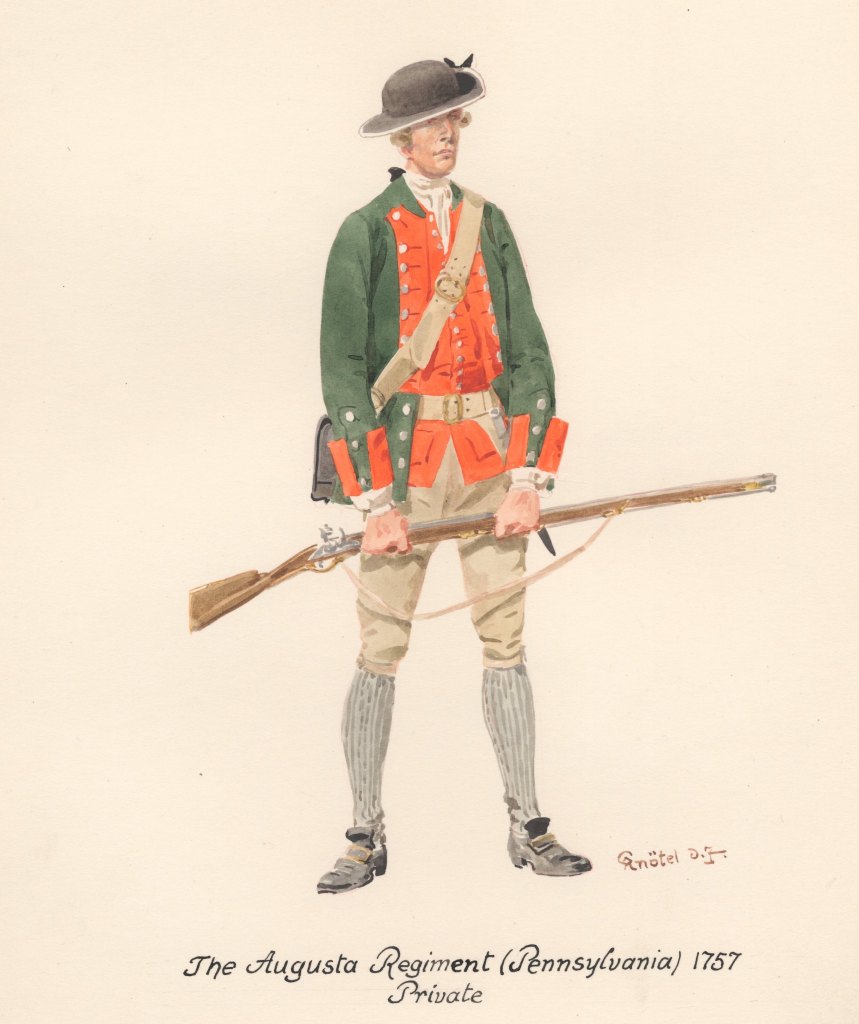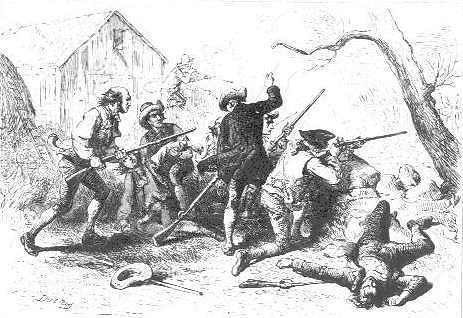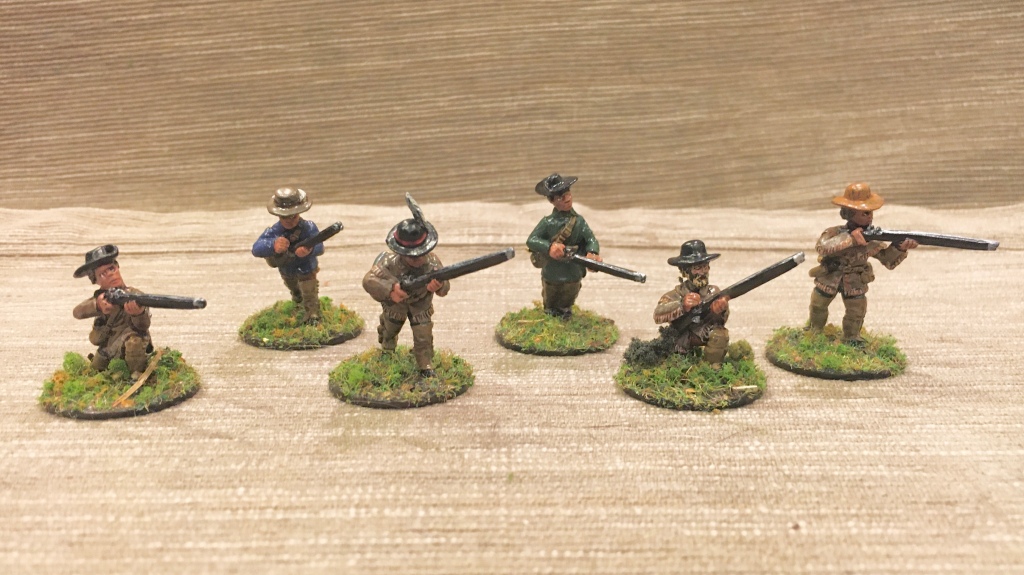
As I have researched, played and traveled sites of 18th-century in America, I’ve amassed a reference library of books, pamphlets and websites I’ve found most useful to those interested in the period. Below is a personal, albeit not comprehensive, list of references useful to amateur historians of the decisive era that shaped the continent and world.
If I were to read just one book, I would suggest Fred Anderson’s Crucible of War which not only covers the major military actions of the French and Indian War but also goes into the effects of the conflict on world politics and conditions that led to the American Revolution. Start with this book and take it from there, and I’ll be certain to update as my reading makes new discoveries in the American wilderness.
Anderson, Fred. Crucible of War: The Seven Years’ War and the Fate of Empire in British North America, 1754-1766. New York: Alfred A. Knopf, 2000.

———. The War That Made America: A Short History of the French and Indian War. New York: Viking, 2005.
Anderson, Niles. The Battle of Bushy Run. Harrisburg, PA: Pennsylvania Historical & Museum Commission, 1975.
Baker, Norman L. Braddock’s Road: Mapping the British Expedition from Alexandria to the Monongahela. Stroud, UK: The History Press, 2013.
Bellico, Russell P. Empires in the Mountains: French and Indian War Campaigns and Forts in the Lake Champlain, Lake George, and Hudson River Corridor. Fleischmanns, NY: Purple Mountain Press, 2010.
Berleth, Richard. Bloody Mohawk: The French and Indian War & American Revolution on New York’s Frontier. Delmar, NY: Black Dome Press, 2009.
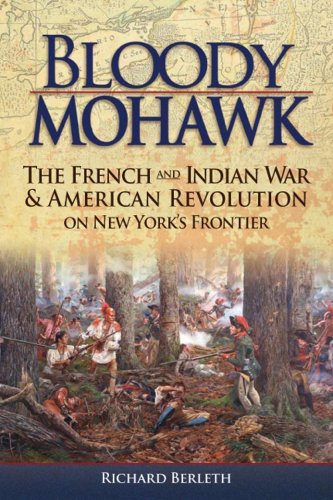
Borneman, Walter R. The French and Indian War: Deciding the Fate of North America. New York: HarperCollins, 2006.
Braddock Road Preservation Association. (www.http://braddockroadpa.org/)
Braddock’s Battlefield History Center. (www.braddocksbattlefield.com).
Brumwell, Stephen. Redcoats: The British Soldier and War in the Americas, 1755-1763. Cambridge: Cambridge University Press, 2002.
Bushy Run Battlefield (www.bushyrunbattlefield.com/)
Calloway, Colin G. The Indian World of George Washington: The First President, the First Americans, and the Birth of the Nation. Oxford: Oxford University Press, 2018.

The Centre for French Colonial Life (www.frenchcoloniallife.org/)
Chartrand, René. Raiders From New France. London: Osprey Publishing, 2019.
———. Ticonderoga, 1758: Montcalm’s Victory Against All Odds. London, Osprey Publishing, 2000.
Chartrand, René, and Stephen Walsh. Monongahela 1754-55: Washington’s Defeat, Braddock’s Disaster. London: Osprey Publishing, 2004.
Cooper, James Fenimore and Blake Nevius (editor). The Leatherstocking Tales series. Boone, IA: Library of America, 2012.
Cowan, George P. “George Washington At Fort Necessity.” Western Pennsylvania Historical Magazine 37 (1954) 153-177.
Cueno, John R. Robert Rogers of the Rangers. Ticonderoga, NY: Fort Ticonderoga Museum, 1988.
Crytzer, Brady J. Major Washington’s Pittsburgh and the Mission to Fort Le Boeuf. Stroud, UK: The History Press, 2018.
Cubbision, Douglas R. The British Defeat of the French in Pennsylvania, 1758: A Military History of the Forbes Campaign Against Fort Duquesne. Jefferson, NC: McFarland, 2010.
———. On Campaign Against Fort Duquesne: The Braddock and Forbes Expeditions, 1755–1758, through the Experiences of Quartermaster Sir John St. Clair. Jefferson, NC: McFarland, 2015.

Dixon, David. Bushy Run Battlefield. Mechanicsburg, PA: Stackpole Books, 2003.
———. Fort Pitt Museum and Park. Mechanicsburg, PA: Stackpole Books, 2004.
———. Never Come to Peace Again: Pontiac’s Uprising and the Fate of the British Empire in North America. Norman, OK: University of Oklahoma Press, 2003.
Dube, Jean Claude. The Jumonville Affair. Philadelphia: National Park Service, Mid-Atlantic Region, 1979.
Dunnigan, Brian Leigh. Siege – 1759: The Campaign Against Niagara. Youngstown, NY: Old Fort Niagara Association, 1996.

Eckert, Allan. Winning of America series. Ashland, KY: Jesse Stuart Foundation, 2001- 2004.
Fort Bedford Museum (www.fortbedfordmuseum.org/)
Fort Crown Point State Historic Park (https://parks.ny.gov/historic-sites/34/details.aspx
Fort de Chartres State Historic Site (www.fortdechartres.us/)
Fort de la Presentation (www://fort1749.org/)
Fort Ligonier Museum (www.fortligonier.org/)
Fort Necessity National Battlefield (www.nps.gov/fone)
Fort Pitt Museum (www.heinzhistorycenter.org/fort-pitt/)
Fort Stanwix National Monument (www.nps.gov/fost/index.htm)
Fort Ticonderoga (www.fortticonderoga.org/)
Fowler, William. Empires at War: The French and Indian War and the Struggle for North America, 1754-1763. Vancouver: Douglas & McIntyre, 2005.

Frear, Ned. The Bedford Story. Bedford, PA: Gazette Publishing Co., 1998.
French and Indian War Foundation.(www.frenchandindianwarfoundation.org/)
Hamilton, Milton W. Sir William Johnson and the Indians of New York. Albany, NY: New York State American Revolution Bicentennial Commission, 1975.
Kronoskaf – Seven Years War Project (www.kronoskaf.com/syw)
Kummerow, Burton K. and Christine H. O’Toole and R. Scott Stephenson. Pennsylvania’s Forbes Trail: Gateways and Getaways Along the Legendary Route from Philadelphia to Pittsburgh. Lanham, MD: Taylor Trade Publishing, 2008.
The Last of the Mohicans. 20th Century Fox, 1992.

Leckie, Robert. A Few Acres of Snow: The Saga of the French and Indian Wars. New York: Wiley, 1999.
Loescher, Burt Garfield. The History of Rogers’ Rangers, Volumes I-IV. Berwyn Heights, MD: Heritage Books, 2006.
c, 1754-1760. New York: Routledge, 2003.
May, Robin, and Gerry Embleton. Wolfe’s Army. London: Osprey Publishing, 1998.
McCulloch, Ian MacPherson. Highlander in the French-Indian War: 1756–67. London: Osprey Publishing, 2008.
McDonnell, Michael. Masters of Empire: Great Lakes Indians and the Making of America. New York: Hill & Wang, 2016.
Old Fort Niagara (www.oldfortniagara.org/)
Parkman, Francis. The Conspiracy of Pontiac and the Indian War after the Conquest of Canada, Volume 2. Lincoln, NE: University of Nebraska Press, 1994.
Preston, David L. Braddock’s Defeat: The Battle of the Monongahela and the Road to Revolution. Oxford: Oxford University Press, 2015.

Reid, Stuart. British Redcoat: 1740-1793. London: Osprey Publishing, 1996.
Ricks, Thomas E. “Historians Missed the Mark in Assessing Washington’s Location of Ft. Necessity.”Foreign Policy, December 9, 2016.
Seneca Art & Culture Center at Ganondagan (www.ganondagan.org/)
Shorto, Russell. “On a General’s Trail, Summoning America’s History.” The New York Times, July 18, 2014: TR1.
Skä•noñh – Great Law of Peace Center (www.skanonhcenter.org/)
Silver, Peter. Our Savage Neighbors: How Indian War Transformed Early America. New York: W. W. Norton & Company, 200
Stark, Peter. Young Washington: How Wilderness and War Forged America’s Founding Father. New York: Ecco Press, 2018.
Tanner, Helen Hornbeck. Atlas of Great Lakes Indian History. Norman, OK: University of Oklahoma Press, 1987.

Taylor, Alan. American Revolutions: A Continental History, 1750-1804. New York, NY: W. W. Norton & Company, 2017.
Tilberg, Frederick. Fort Necessity National Battlefield Site, Pennsylvania. Washington, D.C.: U.S. Dept. of the Interior, National Park Service, 1956
Todish, Timothy J. and Todd E. Harburn. A “Most Troublesome Situation”: The British Military and the Pontiac Indian Uprising of 1763-1764. Fleischmanns, NY: Purple Mountain Press, 2006.
Treganza, Adan E., and J. C. Harrington. “New Light on Washington’s Fort Necessity: A Report on the Archeological Explorations at Fort Necessity National Battlefield Site.” American Journal of Archaeology 63.2 (1959)
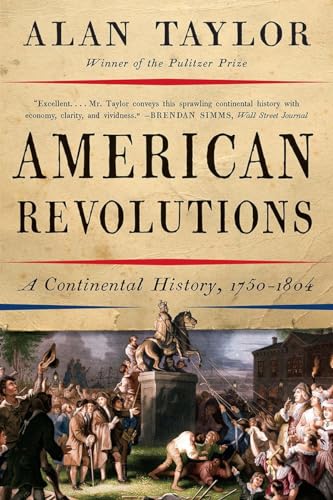
Waddell, Ward and Bruce D. Bomberger. The French and Indian War in Pennsylvania, 1753-1763: Fortification and Struggle. Harrisburg, PA: Pennsylvania Historical and Museum Commission, 1997.
Ward, Matthew C. Breaking the Backcountry: The Seven Years’ War in Virginia and Pennsylvania, 1754-1765. Pittsburgh, University of Pittsburgh Press, 2003.
West, J. Martin (editor). War for Empire in Western Pennsylvania. Ligonier, PA: Fort Ligonier Association, 1993.
Windrow, Martin, and Michael Roffe. Montcalm’s Army. London: Osprey Publishing, 1973.
Wullf, Matt. Henry Bouquet’s Destiny – The March To Bushy Run. Lewisburg, PA: Wennawoods Publishing, 2014.
The War That Made America–Parts 1-4, A Country Between. PBS, 2005.
